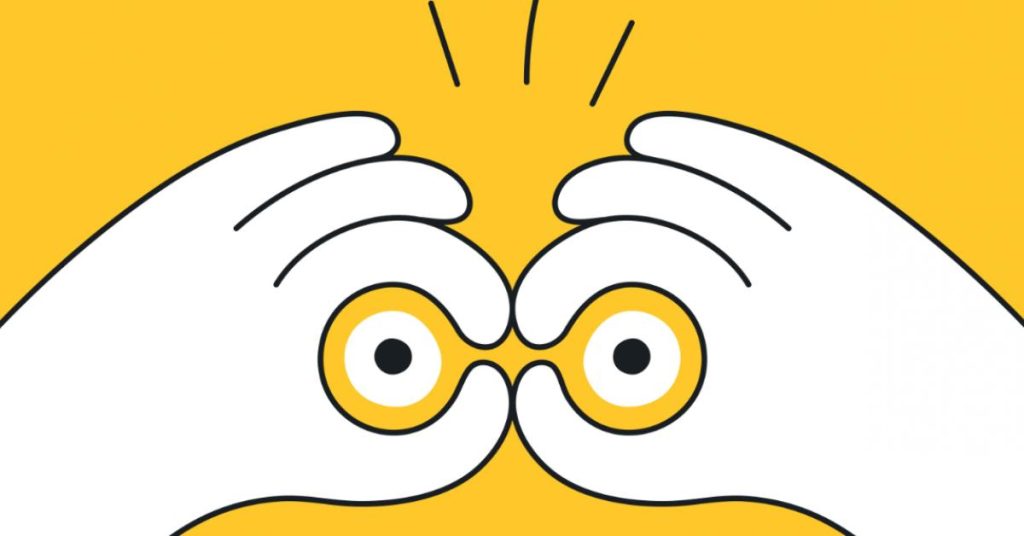
Answers to the Bac in Philosophy – General Stream: “Do Art Practices Change the World?”
Suggested correction: These are possible ways to approach the topic and not the standard version that reviewers expect!
Introduction / problem
Art is a creative activity, not production. It is not intended to transform the world, which is here understood as nature, as opposed to the literal being who owes its existence to its own usefulness (Part I). But, for all that, “world” means something other than an external natural reality, raw or already modified by technology: it is the set of relationships we perpetually weave with what is not ourselves: nature, in the very vulgar sense of the word, but also other human beings. Pictures, language, etc. As such, ‘artistic practices’ change the world because they modify the ordinary and instrumental relationship, by offering a particular kind of experience (Part Two). Moreover, artistic practices themselves undergo transformations throughout history which contribute to influencing their trajectory (Part III).
1) Art is a creative activity that does not aim to change nature and modify daily reality
Technical practices are not guided by the search for technical competence. This is also the reason why they do not engage in the work that itself produces utility values. On this subject, Aristotle distinguishes between Exercise (which gives the word “practice”), i.e. a valid verb directly to the subject itself, from poiesis Production of external work for the agent.
If artistic creativity applies techniques, it is not intended, as in work and production, to modify nature by granting it appearance (Transformation literally means to change from one form to another) allowing man to master it as much as possible. Think of agriculture that, for example, has transformed the world for the benefit of humanity.
2) By making possible a different relationship with the world, artistic practices transform our relationship with it
However, the “world” cannot be reduced to nature or to reality outside of our minds. This word, in a relatively nonspecific sense, means both ways of thinking, imagining, and projecting oneself into being. In other words, the world does not exist independently of the various relationships we weave, individually and collectively, with others, living, nature, etc.
Let’s go further: it is not what we vaguely call “the world” that is essentially the result, always temporary, of the totality of these relationships. Among them, of course, is the search for objective knowledge called science. But there are many other things, starting with the artistic relationship. In this sense, artistic practices transform the world by modifying the relationships we enjoy. This is exactly what Bergson says in this clip from thought and move Where the artist plays the role of a detector in the figurative sense of the term: What does art aim at, if not to show us, in nature and in the mind, outside and within us, things which have not expressly clashed with our senses and conscience? […] The great painters are men who return to them with a certain vision of things that have become or will become the vision of all men. a Corota TurnerWe, to name a few, have witnessed many aspects of nature that we did not notice. »
3) By extending the concept of artistic practices to patterns of reception and dissemination of works, art contributes directly to changing the world
For a little more than a century, the distribution of works of art has made great progress. Access to art is no longer reserved for the social elite. Likewise, advances in education and initiation of artistic practices represent true democratization that we have evidence of each year during the music festival. As Walter Benjamin appears in artwork at the time of its technical reproduction, When he takes into account the historical character of artistic practices, they, because they themselves are part of the “world”, experience changes that in turn alter reality itself. The invention of cinema and its general access to the general public attest to a change whose consequences go beyond the mere increase in the number of potential spectators.
The results are both positive and negative, because, as Benjamin explains, if cinema participates in the advancement of freedom of creativity and expression, if it allows easier access of culture to popular audiences, it can, in certain circumstances, be used for propaganda purposes. . So we note here that artistic practice contributes to changing politics, which is one of the dimensions of the “world”.
conclusion
“So what is nature? It is not the mother who gave birth to us. She is of our own making. It’s in our brain waking up to life. Things are because we see them, and what we see, and how we see them, depends on the arts that have affected us.” Oscar Wilde said in “The Decline of Lies” (Intentions, 1928). In other words, the world is nothing but the sum total of men’s representations of reality based on their experiences. These experiences, each in their own way, are the result of a relationship between self and reality. So the world does not precede the view I put on it, it is its product. This is why artistic practices change it.
Find all the answers to the Bac Philo 2022 exam:
➤ general stream:
1. Are artistic practices changing the world?
2. Is it up to the state to decide what is fair?
3. Text comment: An essay on the foundations of our knowledge and the characteristics of philosophical criticismby Antoine Augustin Cornu
technology sector:
1. Does freedom consist in not obeying anyone?
2. Is it right to defend your rights by all means?
3. Text comment:encyclopedia, by Denis Diderot

“Organizer. Social media geek. General communicator. Bacon scholar. Proud pop culture trailblazer.”
